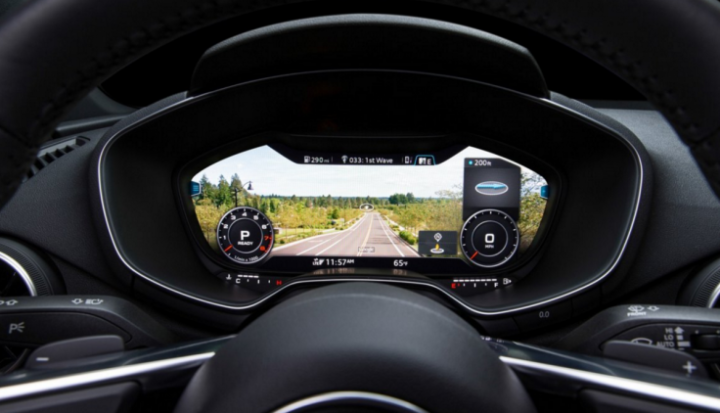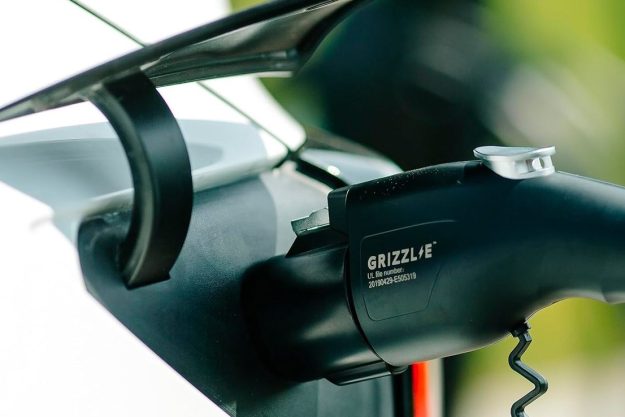
Rightware is responsible for the Virtual Cockpit in the Audi R8 supercar. The startup company is currently working with 15 car manufacturers from the U.S., U.K., France, Germany, South Korea, China, and Japan. Chief Executive Officer Olli Laiho is critical of current dashboards and infotainment systems. He says they require drivers to look all over the drivers’ side front area and the center of the car to find the information or controls they need. Typically, said Laiho, the car’s software cannot be updated or shared, which he believes are major faults.
Speaking of most current car controls, Laiho said, “The center screen and instrument cluster are completely different. Nothing is shared, and they were probably created by different teams in different countries.” He noted that car displays are far behind smartphone and tablet screens. Car companies are “really struggling with creating a branded and consistent user experience … Apple and Google coming into the car is really a big thing. Another world,” Laiho said.
The Audi R8’s Virtual Cockpit has a large navigation screen right in front of the driver, with virtual digital gauges and indicators arrangde around the edges of the display. It can be customized to suit the driver’s preferences.
Another capability Laiho says future dashboards should have is companion smartphone apps. Multiple users should be able to store all their in-car-preference settings on their phones. When in-car and app software are upgradable by the car manufacturers, not only will upgrades, updates, and new looks be possible, but at resale time you’ll be selling a vehicle with up-to-date software.
One point about which Laiho is adamant is that car manufacturers should have better control over their brands and keep drivers’ eyes on the car’s own display “real estate” to increase safety.




